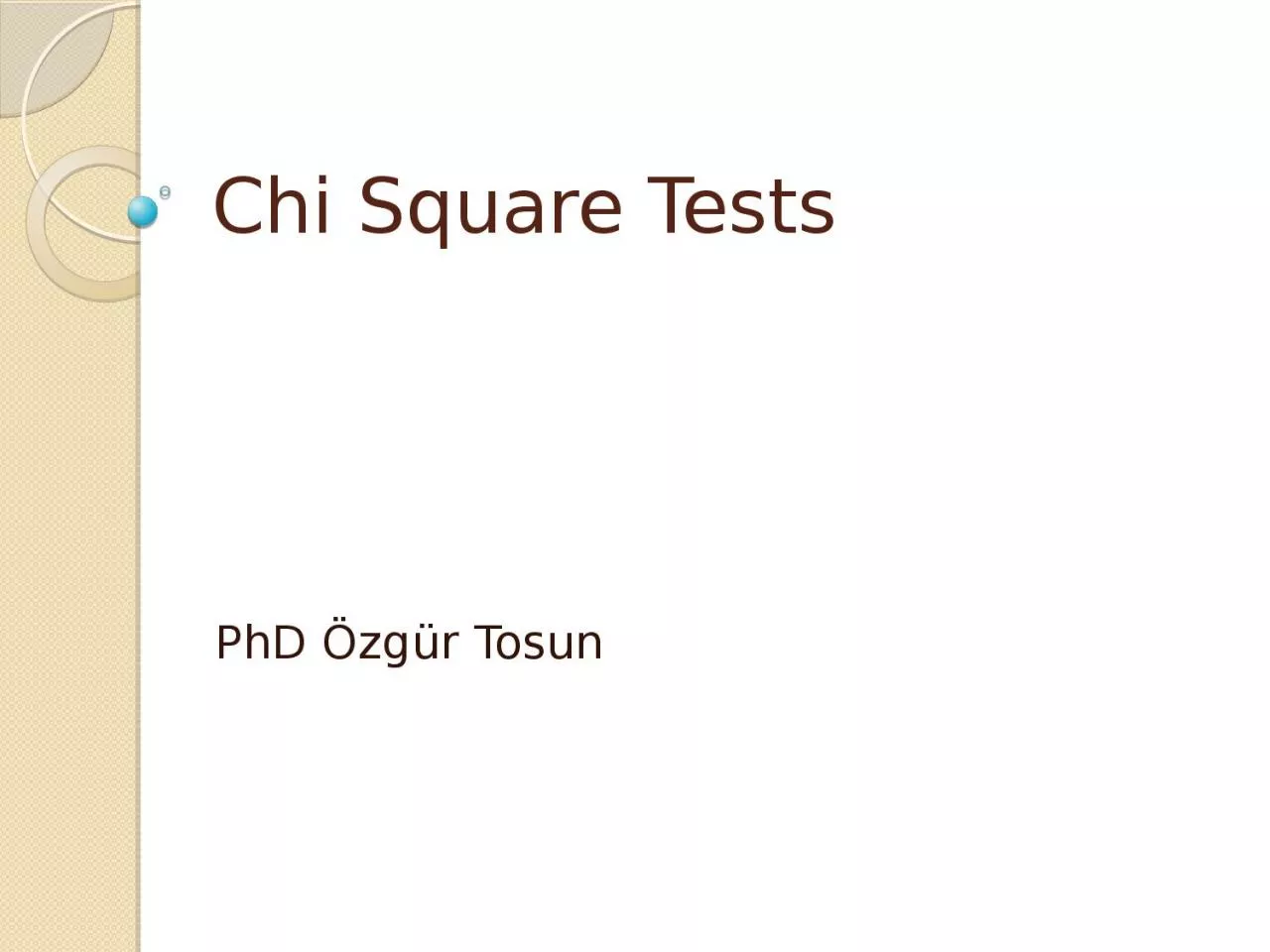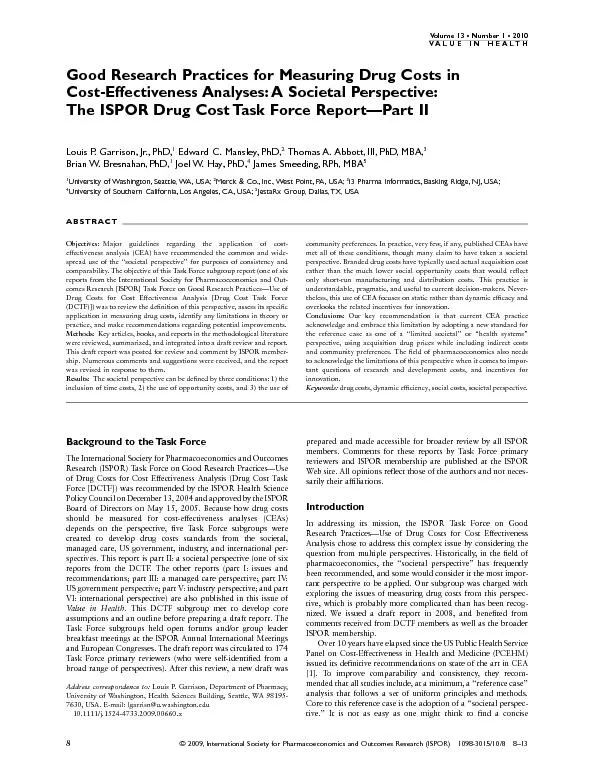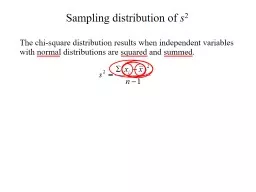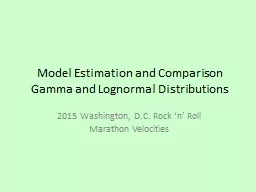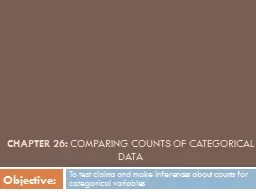PPT-Chi Square Tests PhD Özgür
Author : mila-milly | Published Date : 2022-06-14
Tosun IMPORTANCE OF EVIDENCE BASED MEDICINE The Study Objective To determine the quality of health recommendations and claims made on popular medical talk
Presentation Embed Code
Download Presentation
Download Presentation The PPT/PDF document "Chi Square Tests PhD Özgür" is the property of its rightful owner. Permission is granted to download and print the materials on this website for personal, non-commercial use only, and to display it on your personal computer provided you do not modify the materials and that you retain all copyright notices contained in the materials. By downloading content from our website, you accept the terms of this agreement.
Chi Square Tests PhD Özgür: Transcript
Download Rules Of Document
"Chi Square Tests PhD Özgür"The content belongs to its owner. You may download and print it for personal use, without modification, and keep all copyright notices. By downloading, you agree to these terms.
Related Documents

